| 结构式 | 名称/CAS号 | 全部文献 |
|---|---|---|
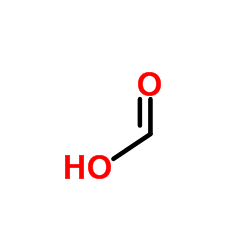 |
甲酸
CAS:64-18-6 |
|
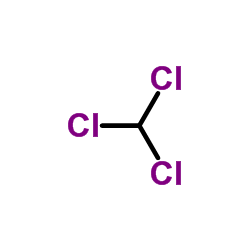 |
氯仿
CAS:67-66-3 |
|
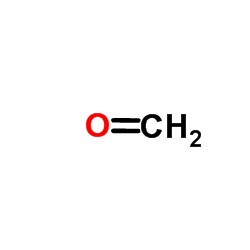 |
甲醛
CAS:50-00-0 |
|
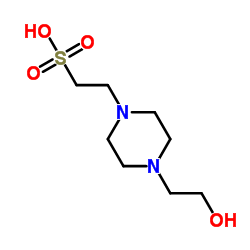 |
4-羟乙基哌嗪乙磺酸
CAS:7365-45-9 |
|
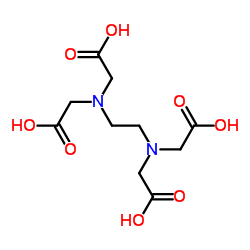 |
乙二胺四乙酸
CAS:60-00-4 |
|
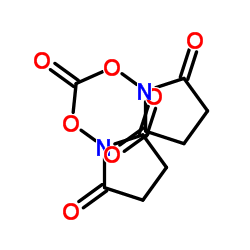 |
N,N'-二琥珀酰亚胺基碳酸酯
CAS:74124-79-1 |